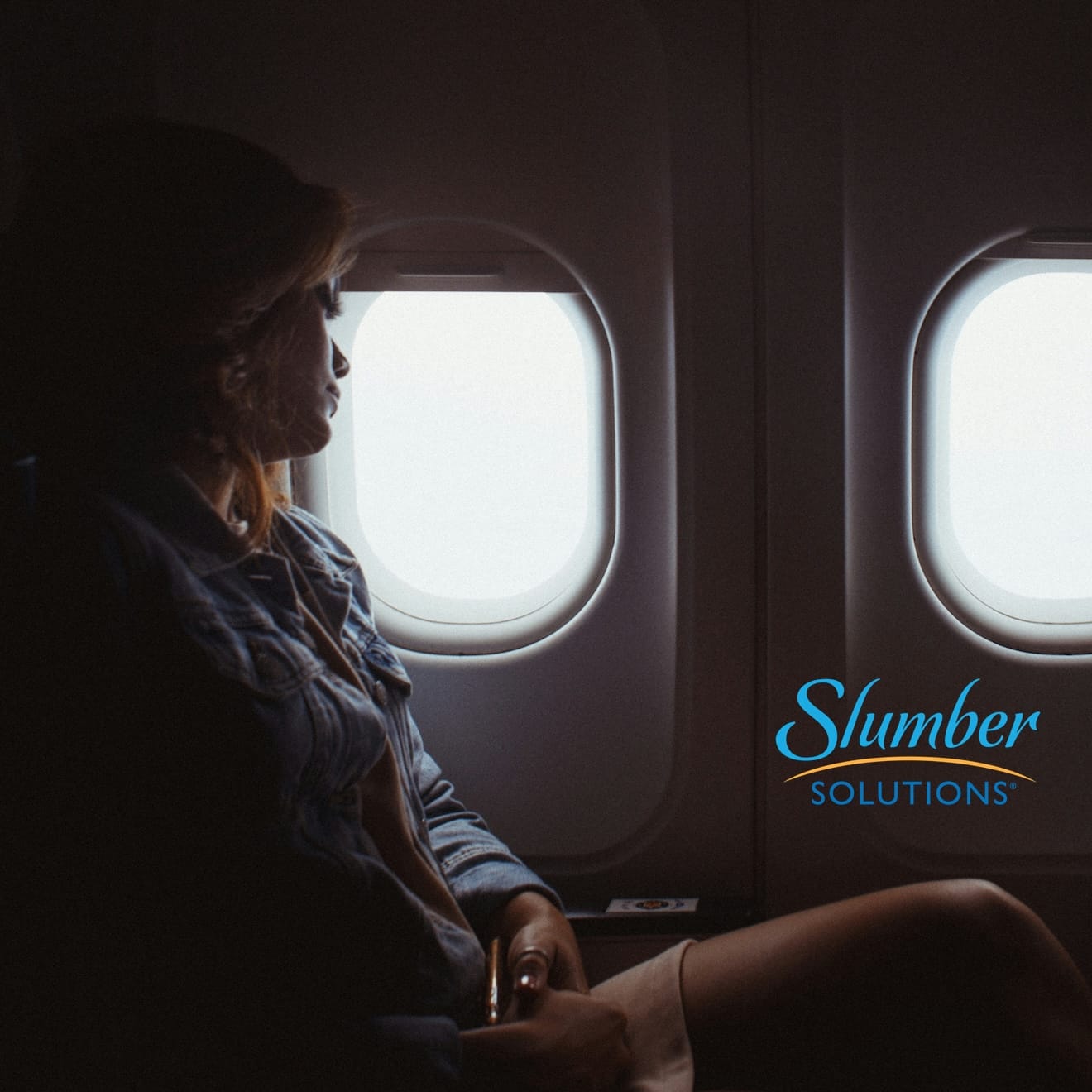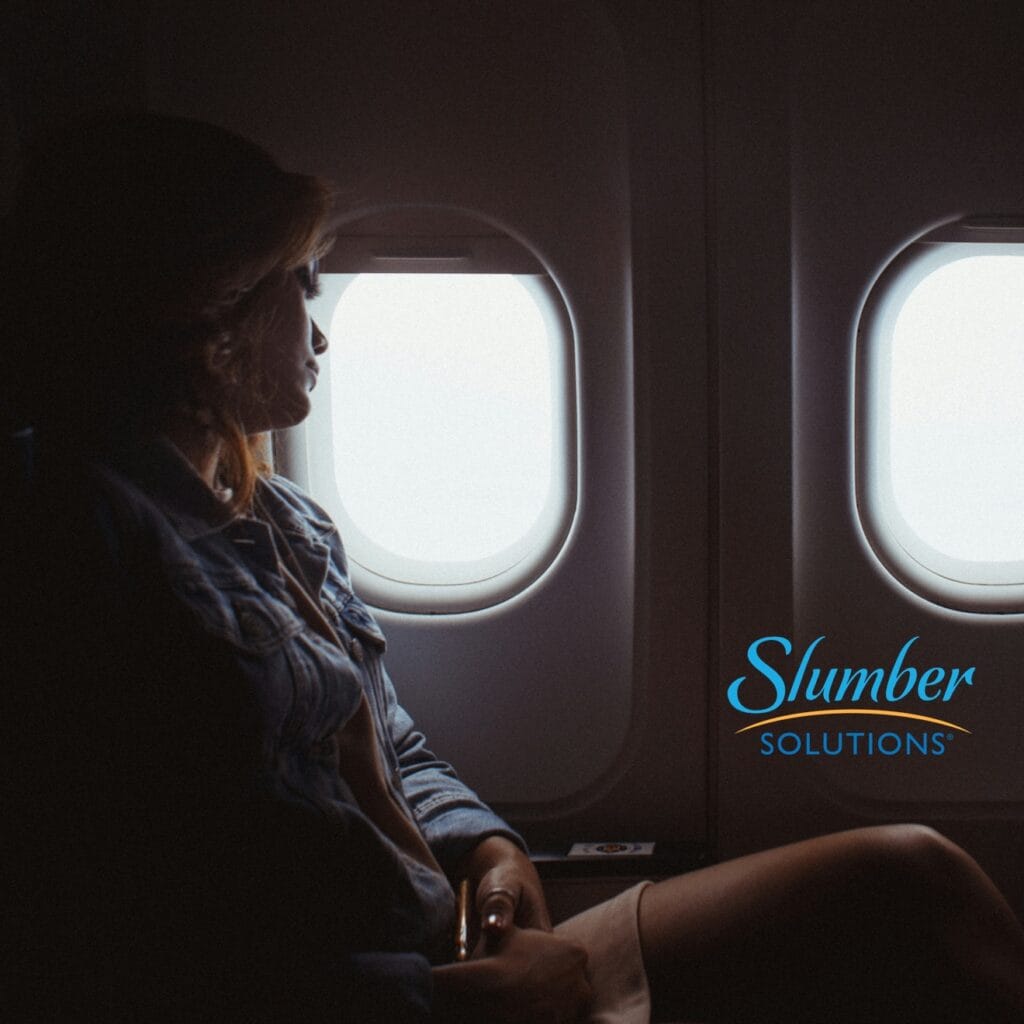Fall Asleep Anywhere: Eight Sleep Tips for Travelers
- Patrick Conley
- May 29, 2025

Whether you’re heading out on a weekend road trip, flying overseas, or crashing on a friend’s couch, one thing often gets lost in transit: sleep. Unfamiliar environments, uncomfortable seating, changing time zones, and travel stress can all make it harder to get the rest your body needs.
But sleep doesn’t have to be another casualty of your itinerary. With a few smart adjustments and the right tools, you can train your body to wind down just about anywhere. Here are eight proven strategies to help you fall asleep faster, sleep deeper, and wake up more refreshed—no matter where your travels take you.
1. Stick to a Consistent Sleep Routine
Your internal clock, also known as your circadian rhythm, thrives on consistency. Going to bed and waking up at roughly the same time each day reinforces your body’s natural sleep-wake cycle.
While travel inevitably throws off your schedule, you can still anchor your day with familiar rituals: brushing your teeth, turning off screens, doing a few minutes of light reading, or practicing meditation. These cues tell your brain that it’s time for rest—even if you’re not in your own bed.
If you’re heading across time zones, the Centers for Disease Control and Prevention (CDC) recommends gradually shifting your sleep and meal times a few days before departure. That way, your body will have an easier time adjusting once you arrive.
2. Build a Portable Sleep Kit
You don’t need to pack your whole bedroom, but a few well-chosen items can make a major difference in your ability to relax and fall asleep while traveling.
Consider including the following in your carry-on or luggage:
- A sleep mask to block out light on planes, trains, or bright hotel rooms.
- Foam earplugs or noise-canceling headphones to minimize ambient noise.
- A neck pillow or compact travel pillow to support your head and reduce strain while sitting upright.
- A lightweight travel blanket for temperature control during flights or in chilly hotels.
If you’re a light sleeper, try using a white noise app or portable sound machine to help mask unfamiliar or disruptive sounds.
3. Master the Art of Sleeping Upright
Falling asleep in a sitting position isn’t ideal, but sometimes it’s the only option—especially during long-haul flights or overnight bus rides. To improve your chances of getting meaningful rest:
- Recline your seat slightly, if possible.
- Support your neck using a U-shaped or memory foam travel pillow.
- Avoid crossing your legs, which can reduce circulation and lead to discomfort.
- Keep your feet flat on the floor to stay balanced and reduce strain on your lower back.
While these adjustments may not offer the luxury of a bed, they can reduce pressure points and help you fall asleep more quickly in tight spaces.

4. Manage Your Exposure to Light
Light has a powerful effect on your sleep cycle. Exposure to bright light suppresses melatonin production, the hormone that helps you fall asleep. By controlling your environment, you can influence how sleepy or alert you feel.
According to Sleep Medicine Clinics, managing light exposure is a key factor in overcoming jet lag and restoring circadian alignment.
Here’s how to do it:
- Seek natural sunlight during the day to help reset your internal clock.
- Avoid screens at least 30 minutes before bed, as the blue light from devices can delay melatonin release.
- Use blackout curtains, an eye mask, or low lighting in the evening to cue your body for rest.
If you’re landing in a new time zone, getting outside during daylight hours can help you adjust more quickly to the local schedule.
5. Be Mindful of Food and Drink
What you eat and drink—especially close to bedtime—can either support or sabotage your sleep. While it’s tempting to grab a coffee to power through a travel delay or sip wine on a flight, both caffeine and alcohol can interfere with restful sleep.
- Caffeine can remain in your system for up to 8 hours. Avoid it in the afternoon and evening.
- Alcohol may help you fall asleep faster, but it disrupts sleep later in the night.
- Heavy meals or greasy snacks can cause indigestion or heartburn, making it harder to get comfortable.
Stick to water and lighter fare, particularly during evening hours. Staying hydrated is also key—especially on airplanes—but consider limiting liquids right before bed to avoid frequent bathroom trips.
6. Practice Relaxation Techniques
Falling asleep away from home can be difficult—not just physically, but mentally. Your brain may stay alert due to anxiety, excitement, or simply being in a new environment. To calm your mind, consider a proven relaxation strategy.
One effective option is the 4-7-8 breathing method, popularized by Dr. Andrew Weil. Here’s how it works:
- Inhale through your nose for 4 seconds.
- Hold your breath for 7 seconds.
- Exhale slowly through your mouth for 8 seconds.
- Repeat the cycle for four breaths (or more if needed).
Other helpful techniques include guided meditation, body scanning, and progressive muscle relaxation. Apps like Calm, Headspace, and Insight Timer offer free audio sessions you can use on the go.
7. Adjust to New Time Zones Strategically
Jet lag doesn’t just affect your sleep—it can throw off your appetite, energy levels, and focus. The good news? With a bit of planning, you can reduce its effects and feel more alert sooner after arrival.
According to the Mayo Clinic, it typically takes about one day per time zone to fully adjust. But you can speed that up by:
- Gradually shifting your bedtime toward your destination’s time zone before you leave.
- Sleeping on the plane if you’re arriving in the morning.
- Avoiding naps longer than 30 minutes once you arrive, unless you’re seriously sleep-deprived.
- Getting outside during daylight hours to reset your internal clock.
The goal is to sync your body with the local rhythm as quickly as possible—starting with a full night’s rest.
8. Set a High Standard at Home
One of the best ways to recognize subpar sleeping conditions while traveling is to set a high standard at home. A high-quality mattress that suits your body type and sleep position makes your bedroom the ideal recovery zone after a long trip.
At Slumber Solutions, our memory foam and gel mattresses are designed for pressure relief, spinal alignment, and long-lasting comfort. Whether you’re coming home from a red-eye or prepping for your next adventure, the right mattress helps you fall asleep faster and wake up feeling your best.
If your sleep on the road leaves you counting down the days until you’re back in your own bed—you’re not alone. But by combining smart planning with the right products, you can learn to fall asleep just about anywhere.
Ready to upgrade your sleep setup at home before your next trip?
